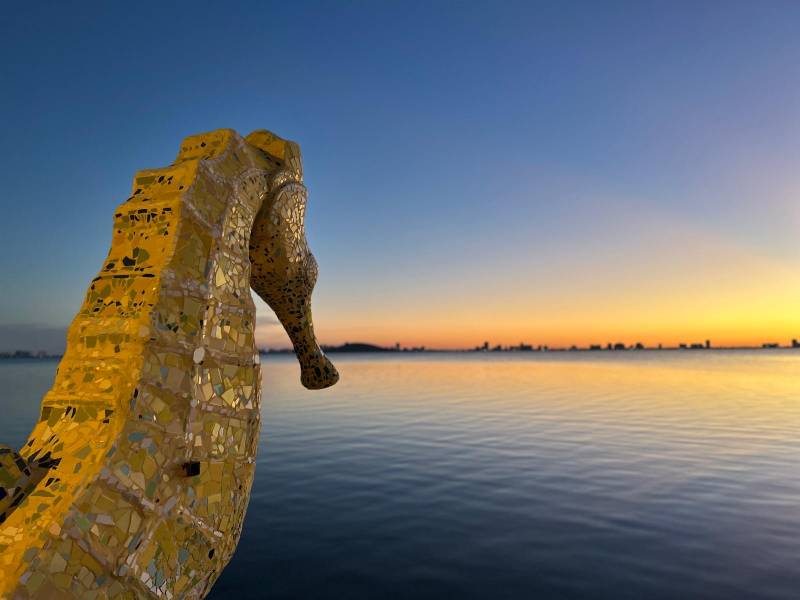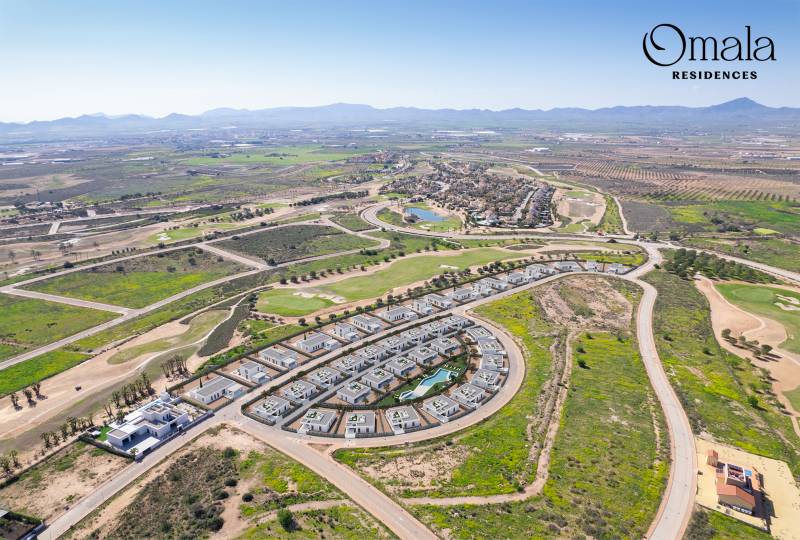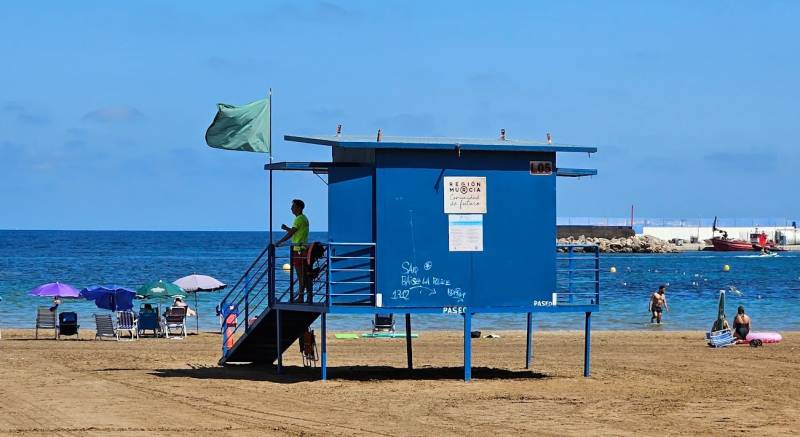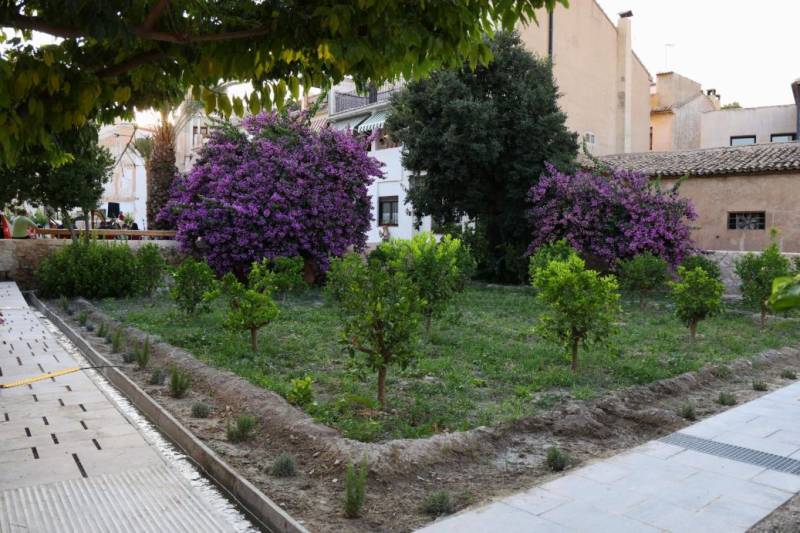
To be listed on the CAMPOSOL TODAY MAP please call +34 968 018 268.
article_detail
Date Published: 04/07/2025
Mar Menor water temperature nears 30 degrees Celsius as heatwave threatens lagoon's delicate balance
Excessive warming has put the Mar Menor saltwater lagoon under severe environmental stress

The Mar Menor, Spain’s largest saltwater lagoon, is approaching a critical environmental threshold as it nears 30 degrees Celsius, a temperature typically not recorded until the end of July or early August. This unusually early warming, driven by Spain’s ongoing hot weather, is now threatening the lagoon’s fragile natural equilibrium.
According to data collected by the regional government of Murcia, the average temperature of the Mar Menor reached 29.9°C this week, around two to three degrees above what is considered normal for early July.
The Mediterranean Sea itself is also showing higher-than-usual readings, with waters off Cabo de Palos already at 27.7°C.
Just a month ago, the UN recognised the Mar Menor as a World Restoration Flagship area for recent efforts to save the lagoon from environmental degradation.
While heatwaves in Spain are now a regular occurrence, the early and intense rise in sea temperature this year is triggering alarm not only for human health and wildfire risk but also for the wider environment.
Elevated temperatures can have several damaging effects on coastal ecosystems, particularly enclosed bodies of water like the Mar Menor.
One major concern is the impact on oxygen levels. Warmer water retains less oxygen, and levels in the lagoon have already dropped. As of late June, oxygen concentration had fallen to 5.25 milligrams per litre, the lowest for that period in the past four years.
Previous episodes of anoxia (a lack of oxygen) in the water of the Mar Menor have led to dramatic mass die-offs of fish and other animals. Although not yet deemed critical by the Regional Ministry, the trend is worrying given the likelihood of continued heat.
The high water temperature also encourages the proliferation of macroalgae, especially when excess nutrients are already present in the water. This can result in harmful algal blooms, further reducing oxygen availability and putting additional stress on marine life.
The Mar Menor has experienced several severe episodes of ecological collapse in recent years, largely linked to nutrient pollution from agricultural runoff, and the current situation raises the risk of a repeat.
With no respite from the heat expected soon, scientists and environmental authorities are keeping a close eye on the lagoon’s condition and are considering what short-term interventions they may be able to implement.
You might also like to read: Drought kills 1.3 million trees in Murcia and triggers pest alerts
Image: CARM
Contact Murcia Today: Editorial 000 000 000 /
Office 000 000 000































